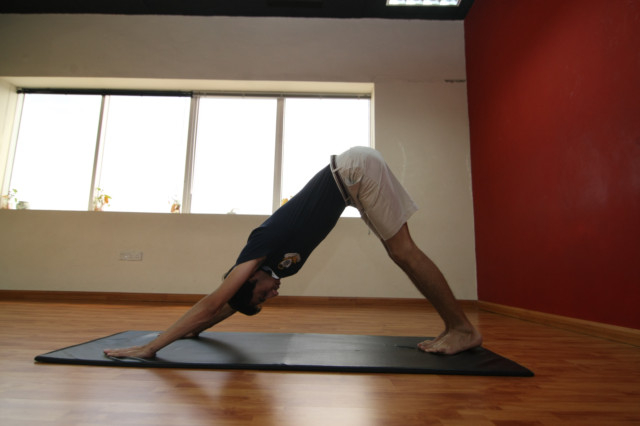
We all know that fear causes anxiety and depression and if we can battle and face our fears, we will not have panic attacks. But how does one actually combat fear?
The human mind is complex and can make us believe that our fears are real. Once we start believing that, we tend to get anxious and thus situations, which we would have handled easily otherwise, start causing us stress because we can no more think rationally. This in turn causes panic attacks.
In yoga, we believe that our body is a physical manifestation of our mind and the best way to deal with the mind is to start working with the body.
While asanas help in burning off nervous energy from the body automatically thus making us feel lighter in the mind, pranayama rejuvenates and balances our body — long deep breaths inhaled and exhaled especially through the left nostril helps in reducing anxiety. And, meditation helps us become more sensitive and aware of our feelings and stresses so that we can deal with them in their initial stage itself.
Let us look at the dynamic movement between santholanasana and parvathasana and learn how this combination helps in strengthening the gut and reducing anxiety and depression.
SANTHOLANASANA+PARVATASANA
Procedure
1. Be on your knees and palms.
2. Stretch your legs into santolanasana and keep your body in a straight line holding your stomach firmly.
3. Now exhale and raise your hips into parvatasana, keeping your feet flat on the ground. Tuck your head inwards and breathe normally in the position.
4. Now repeat this movement between the two postures for 10-30 times before descending down.
Note: Keeping the abdomen firm and breathing deeply and forcefully is important in this movement.
Benefits
1. Strengthens the arms and abdomen.
2. Good for the chest and lungs.
3. Releases nervous energy from the body.
Caution: People with shoulder injuries must do this movement under professional guidance.











